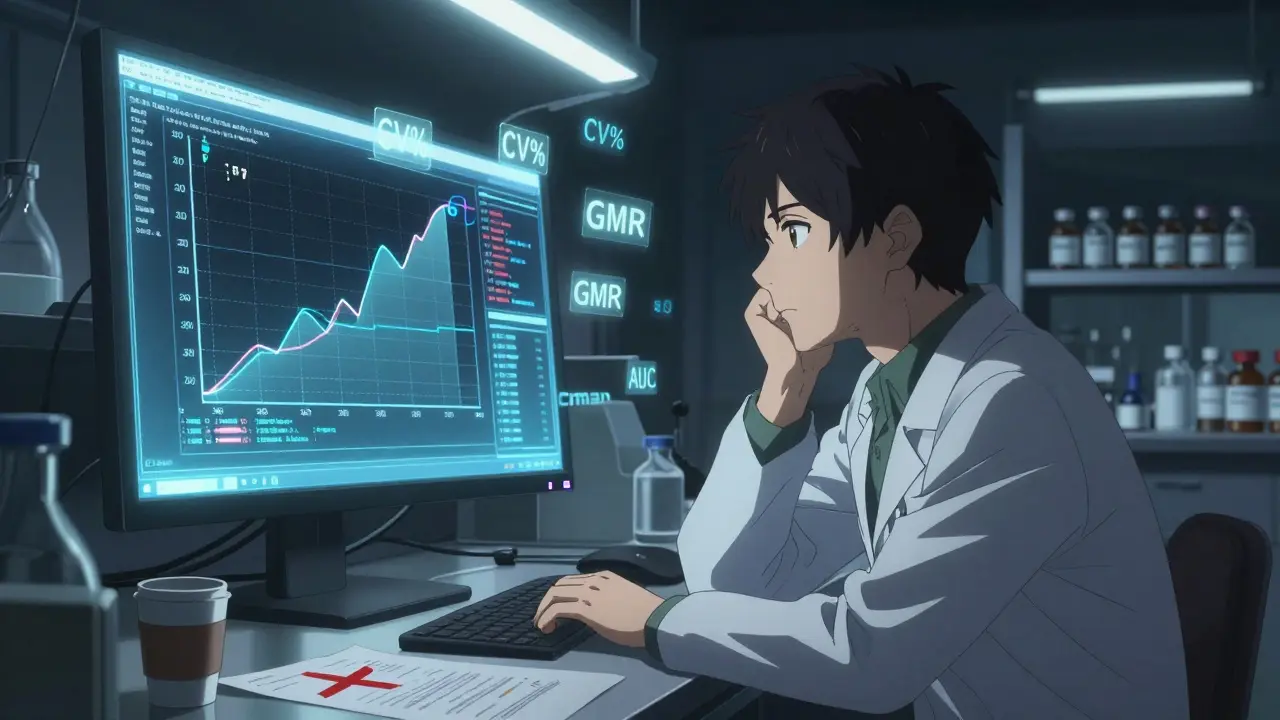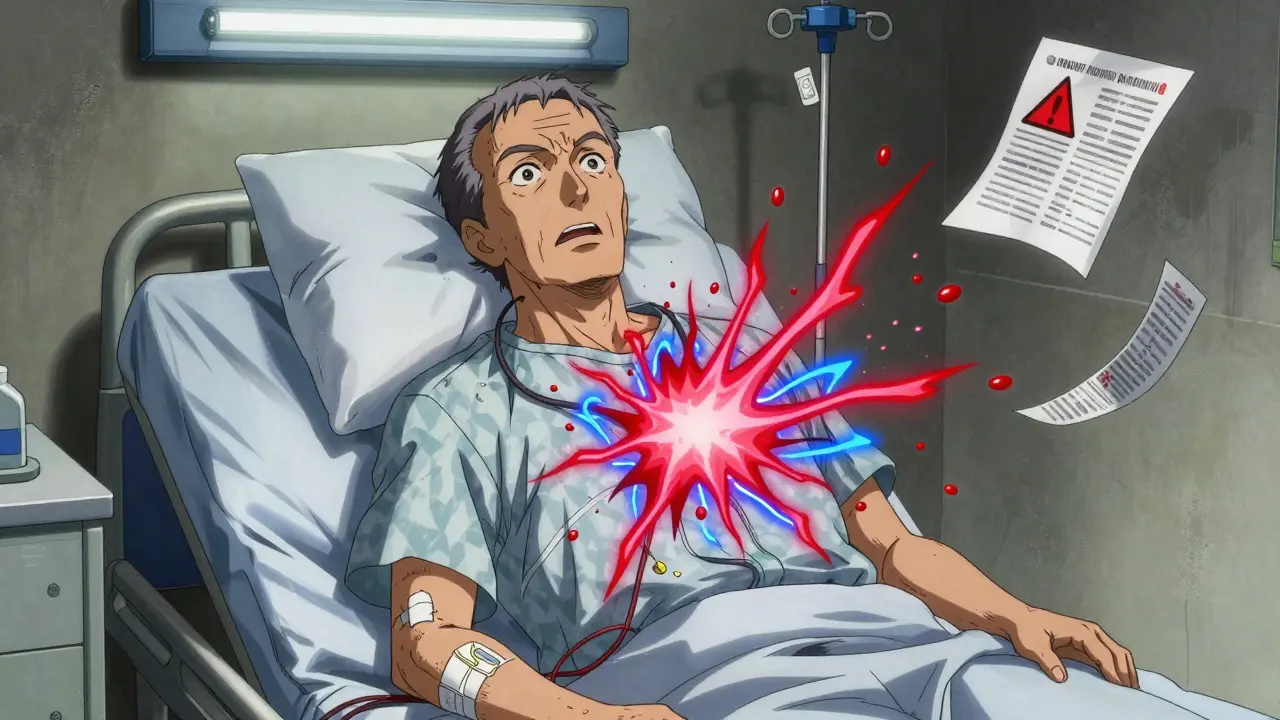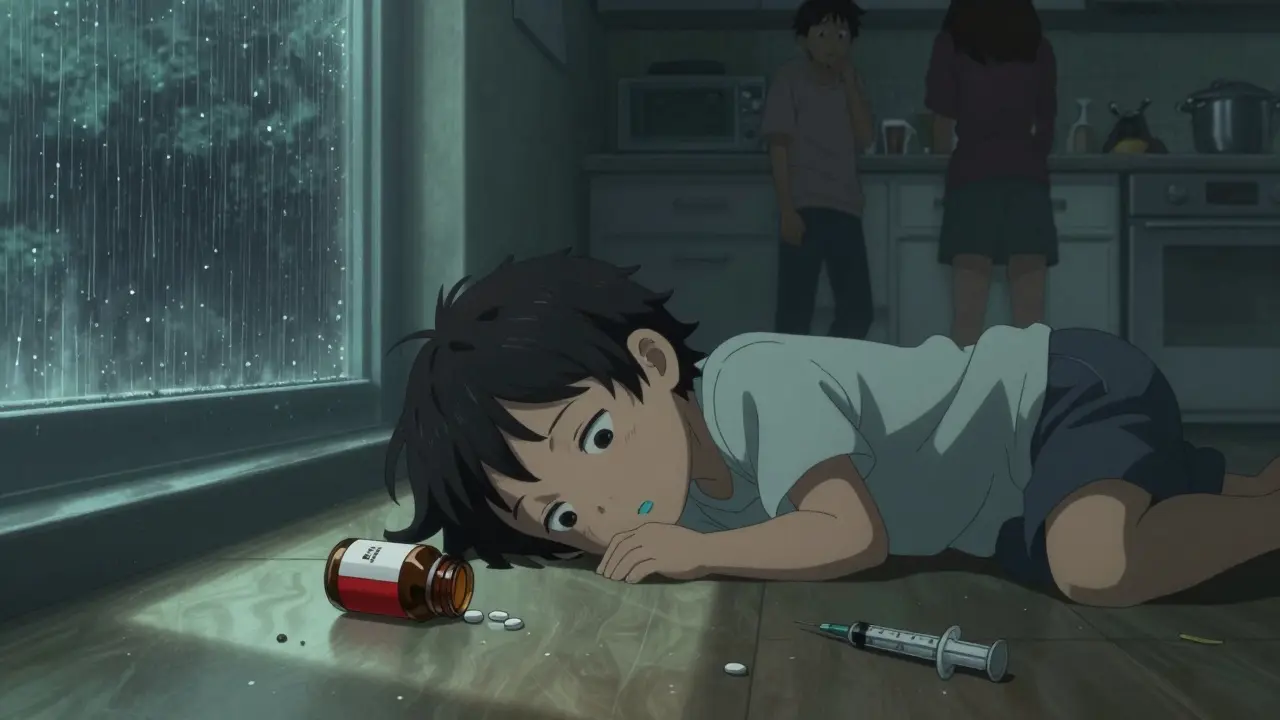Eight out of ten people may never meet someone living with Duchenne muscular dystrophy (DMD), but the impact ripples far beyond families on the front lines. DMD is often labeled "rare," yet it stands as one of the most common fatal genetic childhood disorders. If you want to be heard and actually help, you need more than empathy—you need clear facts and a solid grasp on what this disease does and what families face. Ready to ditch vague platitudes for game-changing knowledge? Pull up a chair.
Understanding What Duchenne Muscular Dystrophy Really Is
Let’s break down the basics before you find yourself tongue-tied in a conversation. DMD is a genetic disorder—meaning a glitch in DNA is responsible. In this case, the “glitch” is a mutation in the DMD gene. That gene was supposed to make dystrophin, a key protein that keeps muscle cells intact. Without enough dystrophin, muscles slowly weaken and waste away, with the effects starting in early childhood.
This condition almost always affects boys. Why? The DMD gene lives on the X chromosome, and males only get one X, while females have a backup copy. That’s why about 1 in every 3,500 to 5,000 boys worldwide are diagnosed with DMD, while it’s vanishingly rare for girls.
The first red flags tend to show up between ages 2 and 6: frequent falls, trouble climbing stairs, walking on tiptoes, or simply lagging behind peers physically. By the early teen years, many kids with DMD need wheelchairs to get around. But it’s not just leg muscles. DMD eventually weakens the heart and breathing muscles, which brings the highest risks as patients get older. Current treatments can help, but there isn’t a cure yet.
Here’s something some miss: not every case of DMD is inherited. About one-third of cases come from spontaneous new mutations, making it possible for families with zero history to get surprising, life-changing news.
Check out this easy snapshot to help you keep the essentials at your fingertips:
| Fact | Detail |
|---|---|
| Frequency | 1 in 3,500–5,000 boys worldwide |
| Gender | Mostly boys (X-linked recessive) |
| Onset | Early childhood (usually ages 2–6) |
| First signs | Delayed walking, frequent falls, difficulty running |
| Key protein missing | Dystrophin |
| Inheritance | 2/3 inherited, 1/3 new mutation |
| Average life expectancy | Recent advances: 20s to early 30s |
| Cure | No cure yet; treatments manage symptoms |
These are not just numbers. Behind every stat is a child desperate to run, parents exhausted from fighting insurance policies, siblings who grow up fast. Tossing out statistics gives you credibility, but weaving in their meaning will touch hearts and open wallets—yes, advocacy needs both.
Key Medical Data Simplified for Quick Advocacy
If your goal is to rally support, you need to know what makes DMD unique. Let’s cut through the fog of medical jargon and focus on what matters most when you’re explaining this disease:
- What causes DMD? A change in the DMD gene (which codes for dystrophin) either inherited or due to a new genetic error.
- How does it progress? Muscle weakness starts big (hips, thighs, shoulders) and works its way down to smaller muscles, including those around the lungs and heart, increasing risk for heart and breathing complications as kids get older.
- What are the main symptoms? Delayed milestones (like sitting and walking), clumsiness, enlarged calf muscles, loss of the ability to walk (often by age 12), and in teen years, heart and lung issues.
- Is intelligence affected? Most kids have average intelligence, but learning difficulties or speech delays are a bit more common in this group than general population.
- What about treatments? The mainstays are corticosteroids to slow muscle loss, therapies like physical and occupational therapy, cardiac and respiratory care, and in some settings, new treatments like gene therapy are being explored in clinical trials.
And here’s a solid talking point everyone supporting the DMD fight should know: life expectancy has improved dramatically. With better heart care and breathing support, many are living into their 20s and 30s, sometimes beyond. This is a major change from a few decades ago, when most didn’t survive past their teens.
Advocates often get asked: "Is it contagious?" Nope, not at all. You can offer real comfort by quickly busting this common myth. Also, when explaining inheritance, it’s much clearer to say: “If a mother is a carrier, there’s a 50% chance each son will have DMD, and a 50% chance each daughter will be a carrier themselves.” Pull out these facts during conversations, interviews, or on social posts—they stick because they’re simple and true.
Numbers are your friend, but keep them real. For example, nearly 20,000 children and young adults are living with DMD in the US alone. Each year, about 400-600 new US cases are diagnosed. And globally? It's estimated that more than 300,000 people are affected. These figures help supporters grasp just how big this small community is.
Got the urge to dig in deeper or find out how to turn this knowledge into action? Check out Duchenne muscular dystrophy awareness for simple, effective ways to get involved that go beyond just knowing the facts.

Navigating the Latest Research, Treatments, and Hope
If you want to talk about DMD with confidence, it helps to know what science and medicine are actually offering—not vague promises, but real headlines. Research on DMD is buzzing, especially as tech gets cheaper and genetic therapies advance.
Historically, steroids were the main tool in the arsenal. They can slow muscle loss and buy extra years of independent movement. That’s why most kids with DMD are started on them by age five or six. But steroids come with side effects: weight gain, risk for bone thinning, and sometimes mood changes. Families face tough choices and regular doctor visits to manage these challenges.
Heart and lung issues now get a lot of medical focus. Heart problems (mostly cardiomyopathy) are universal in DMD after puberty, so regular heart checks with echocardiograms and heart-protective meds like ACE inhibitors are standard. Ventilators and other breathing tools may eventually be used for support. The shift: kids and teens with DMD today are living longer, so managing these "late-stage" problems helps give them more time and better quality of life.
The hot topic these last few years? Gene and exon-skipping therapies. Some gene-editing drugs can help the body make a shorter but still helpful form of dystrophin. These therapies (like eteplirsen and golodirsen) work for certain mutations—they don't cure DMD, but they slow it down. Every year brings fresh clinical trials and cautious optimism, but so far, these treatments are most helpful when started early, and they're not for every variant.
The bottom line: There’s zero magic bullet yet, but the pipeline is fuller than ever. Families now have access to specialized clinics, expert doctors, coordinated physical and occupational therapy, and new support technologies like smart braces and voice-activated wheelchairs. A major leap from just a decade ago.
At home, families learn tiny tricks that add up: gentle stretching to spare contractures, smart use of wheelchairs at just the right time to protect independence, and apps to help with communication or tracking meds. Doctors now push for vaccines like flu and pneumonia shots, since respiratory infections can get serious fast in DMD. Simple, everyday vigilance counts as much as big science.
Want to keep your facts current? Follow updates from trusted rare disease organizations, CDC reports, or leading clinics (look for official “Certified Duchenne Care Center” status). Science is a moving target in this field—share only what’s current, and if you don’t know, say you’ll help find out. That honesty builds trust with the people who matter most.
Communicating the Facts: Tips for Confident Advocacy
Okay, so you’ve filled your fact arsenal. Now, how do you use it? If you’re supporting a friend, speaking up at an event, or just correcting a myth at the dinner table, how you say things is just as important as what you say.
First, stick to concrete numbers and clear language. “DMD affects about 1 in 4,000 newborn boys.” “It’s caused by a missing protein, not a virus.” “Most boys lose the ability to walk by age 12, but progress in care means many live into adulthood.” Short, punchy facts land better than long-winded explanations.
Second, always keep the focus on the person, not the disease. “Kids with DMD want to do everything other kids do—they just need a little help.” Sound simple? It should be. Families living with DMD get tired of being seen as tragic or fragile. Humanizing brings people in.
Third, don’t be afraid to share the hard parts: “Families spend hours every month fighting for insurance coverage for meds and equipment.” Or, “Siblings often step up early as advocates too.” Real talk resonates more than filtered optimism.
Here’s a power move: know what resources are out there. Whether you’re at a fundraiser or just talking to your neighbor, point to support groups, parent forums, or local rare disease events. People want to help, but need that first nudge.
If you ever feel nervous, rehearse a few talking points before key moments. Create a one-pager of your favorite facts and stories that you can pull out as needed. And smile—with every word you share, you’re making DMD a little less mysterious and a lot more urgent in people’s minds.
There’s no substitute for a passionate advocate armed with the right information. It’s how real change starts, one conversation at a time. So, step up, speak clearly, and remember—every fact you share helps someone understand, care, and maybe even join the fight.




Evelyn Shaller-Auslander
July 23, 2025 AT 10:24Gus Fosarolli
July 23, 2025 AT 15:58Jerrod Davis
July 23, 2025 AT 18:52Dominic Fuchs
July 24, 2025 AT 09:48Kenneth Lewis
July 24, 2025 AT 20:33Jim Daly
July 26, 2025 AT 20:27Tionne Myles-Smith
July 27, 2025 AT 16:53Leigh Guerra-Paz
July 28, 2025 AT 23:56Jordyn Holland
July 29, 2025 AT 12:42Jasper Arboladura
July 31, 2025 AT 06:29Joanne Beriña
August 1, 2025 AT 12:10Casey Nicole
August 2, 2025 AT 20:34Kelsey Worth
August 4, 2025 AT 14:39shelly roche
August 5, 2025 AT 02:40Nirmal Jaysval
August 6, 2025 AT 22:18Emily Rose
August 8, 2025 AT 16:15Benedict Dy
August 8, 2025 AT 22:28Emily Nesbit
August 10, 2025 AT 14:32John Power
August 12, 2025 AT 10:09Jerrod Davis
August 13, 2025 AT 11:14